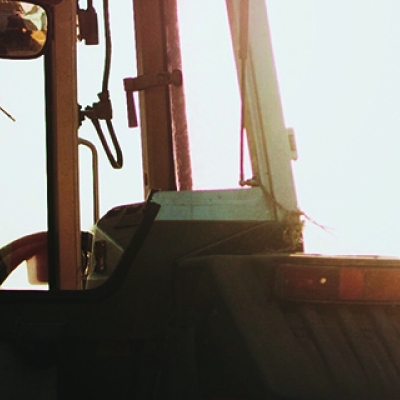The Hero’s Journey with Latrice Tatsey + Liz Carlisle
Have you ever thought about animals as elders? What about the land as a teacher? Today’s powerful episode of “The Hero’s Journey” features author and professor Liz Carlisle and advocate Latrice Tatsey to discuss the relationship between regenerative agriculture and indigenous knowledge.








